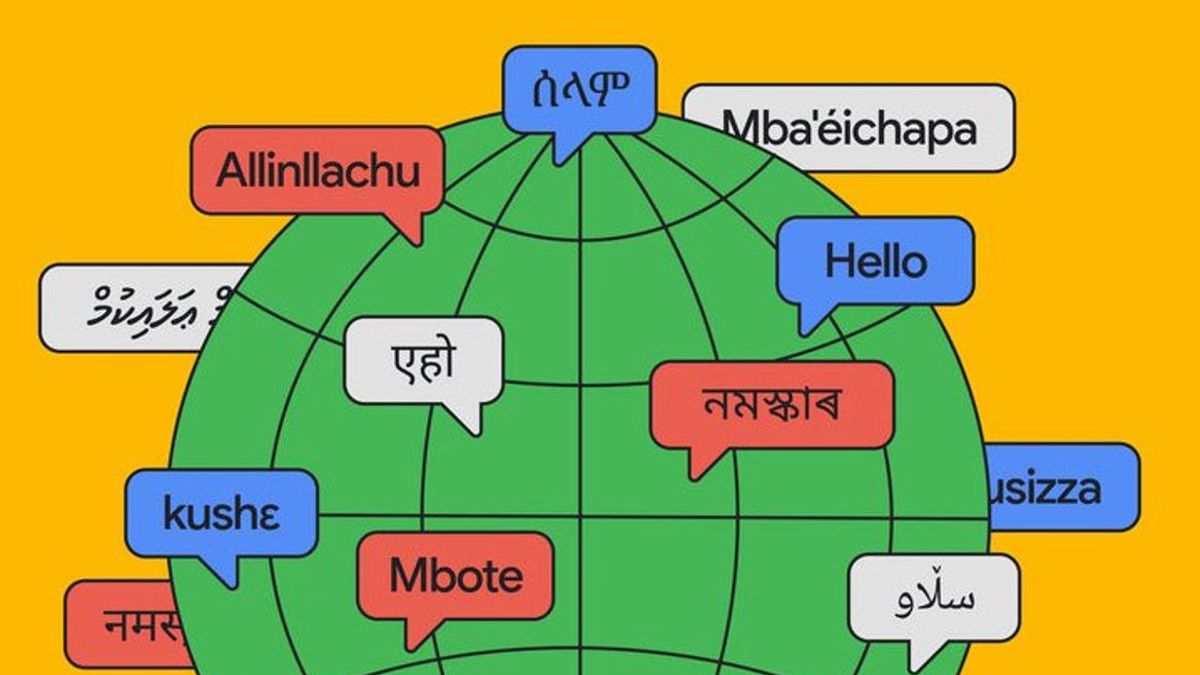YOGYAKARTA Google Translate is a feature for language translation from Google search engines. Through this feature, users can translate text from one language to another. The appearance of Google Traslate has replaced the position of a thick dictionary that was used to translate words. So, how is the history of Google Translate?
Google Translate's history began when Sergey Brin, one of the founders of Google, received a letter from a fan. Google, which in fact is a technology company, does have many fans from various parts of the world. However, unfortunately, the letter was written in Korean.
Sergey Brin, who did not control Korean, was very curious about the contents of the letter's confusion. He then translated the letter through the translator machine he had.
Excavation of the contents of the letter he succeeded in meaning: "The licensed raw fish shoes it wishes. Google green onion thing!". No doubt, the translation results made Brin confused.
This is where inspiration emerged to create reliable multi-language translation services, until Google was finally born.
Although Google translates are not optimal, Google Translate is the world's most popular digital language translation machine. This can be seen from the large number of Google Translate users.
Adapting from VOI, until April 2021, the digital language translation service made by Google has reached 1 billion downloads, since its launch in 2010.
Since it was first introduced, Google Translate has experienced various improvements, including the ability to translate 108 languages, to make text transcripts in real-time. Google Translate has also processed more than 100 billion words per day.
This figure is calculated based on the total user download on the Google Play Store. The number of 1 billion downloads only includes Android devices, not including those contributed by the iOS platform.
The variety of features that Google Translate presents, makes it a mandatory application when traveling abroad. For example, this translation service made by Google can directly translate the writing on the image only armed with a smartphone camera.
In May 2022, Google announced that the language translation feature they created, the arrival of 24 new languages.
Among the newly available languages are Sanskrit, Tsonga and Surni Kurdish. One of the new additions, Assamese, is used by about 25 million people in India's Northeast. Others such as Dhivehi, were said to be by about 300,000 people in the Maldives.
According to Google CEO, Sundar Pichai, the expansion allows the company to cover the language used by more than 300 million people and brings the total number of languages supported by Google Translate to 133, citing Engadget.
The company says the new language is brought in using Zero-Shot Machine Translation technology. This system allows Google to create a machine learning model that only sees monolingual text.
Hidden Features in Google Translate
Besides being able to translate various languages, Google Translate also has heard features that are not widely known, including:
This service allows users to translate text in images. The trick, just take a picture of the text on the image, citing the Gearrice page.
Google Traslate is equipped with a voice recorder feature that functions to translate sound. Users simply say the words they want to translate.
Google Translate can be used to translate text. The trick, the highlight of the text you want to translate, then a pop-up Tap to Translate will automatically appear.
Google Translate features can also have conversations. Users can use it to talk to strangers they meet.
This is the information about the history of Google Translate. May it be useful!
The English, Chinese, Japanese, Arabic, and French versions are automatically generated by the AI. So there may still be inaccuracies in translating, please always see Indonesian as our main language. (system supported by DigitalSiber.id)













